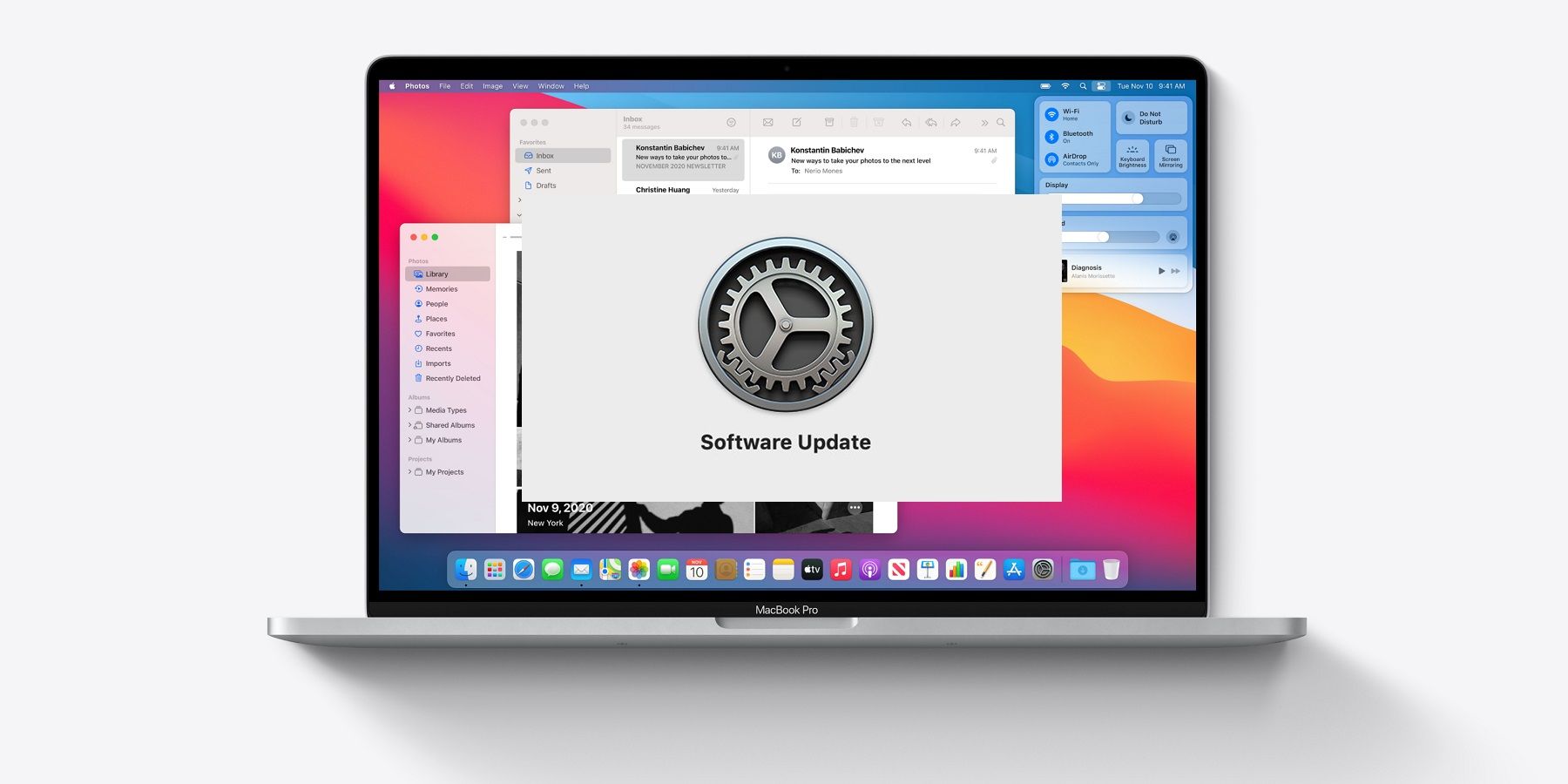
Having installed the right driver, our USB-Serial adapter will show up in /dev/cu.* (shown above). dev/cu.* devices do not assert DCD, so they will always connect (respond or succeed) immediately. The technical difference is that /dev/tty.* devices will wait (or listen) for DCD (data-carrier-detect), eg, someone calling in, before responding. We want to call-out from our Mac, so /dev/cu.* is the correct device to use. So, what's the difference? Well, TTY devices are for calling into UNIX systems, whereas CU (Call-Up) devices are for calling out from them (eg, modems).
#ALTERNATIVE TO MAC OS X COBOOK SERIAL#
You might notice that each serial device shows up twice in /dev, once as a tty.* and once as a cu.*. Note: Check your adapter works after an OS Update, as you may have to re-install the driver. Select this port name in a terminal program. This indicates the USB-Serial driver is working. dev/cu.Bluetooth-PDA-Sync /dev/cu.usbserial dev/cu.Bluetooth-Modem /dev/cu.iPhone-WirelessiAP

You just need a serial to USB adapter, the right driver, and some Terminal software.

Mac's are excellent tools for accessing serial device TTY ports (to console into PBX's, switches, and routers).


 0 kommentar(er)
0 kommentar(er)
